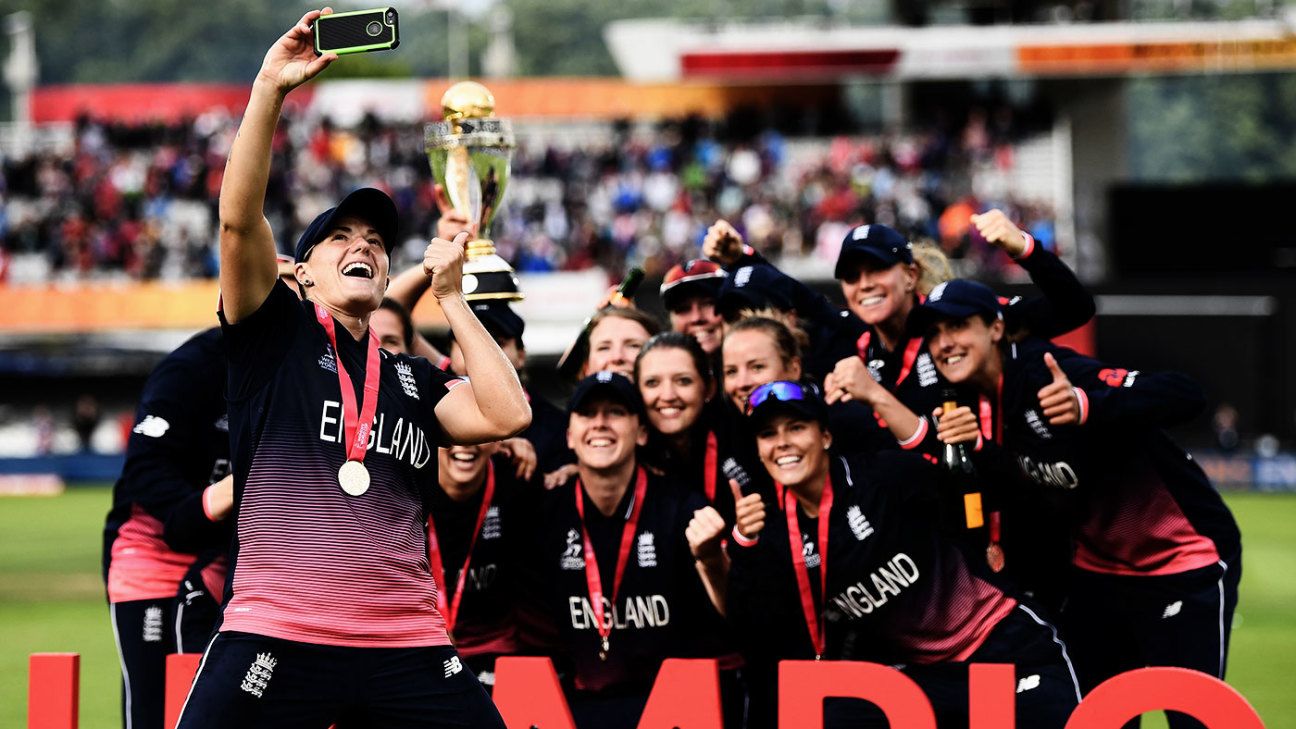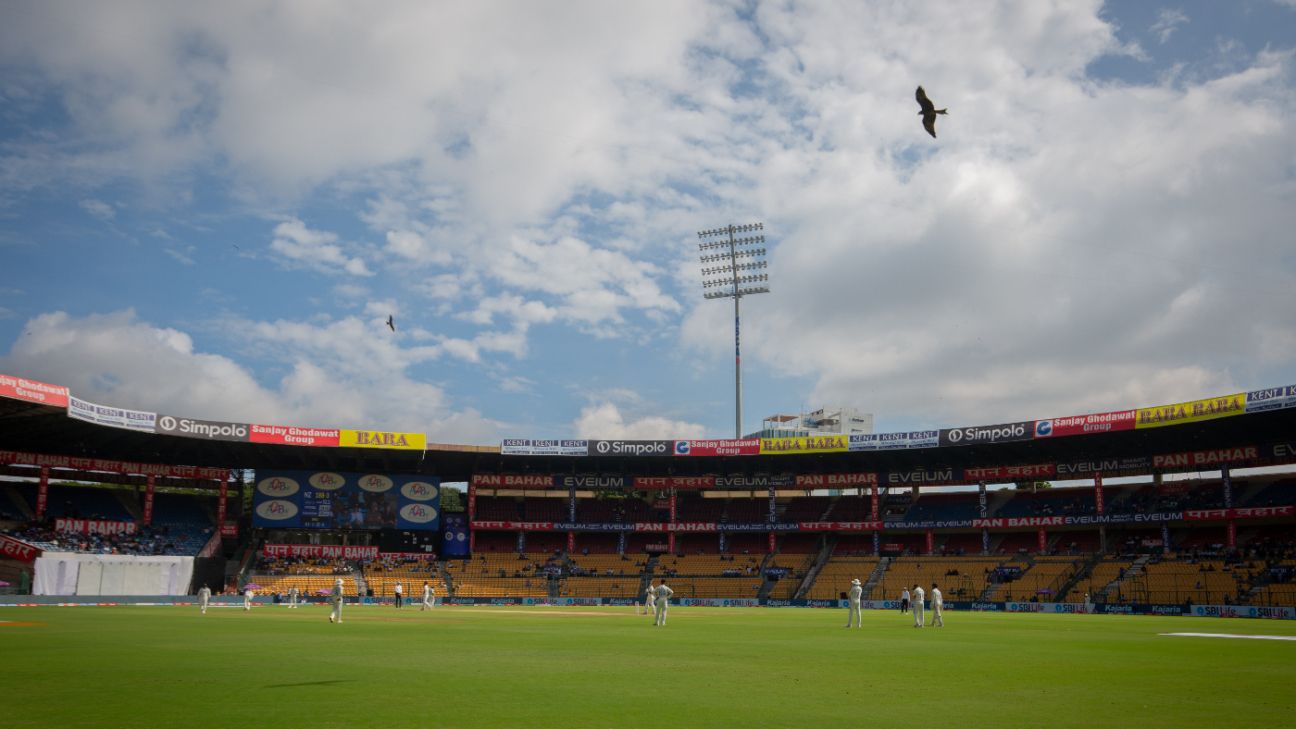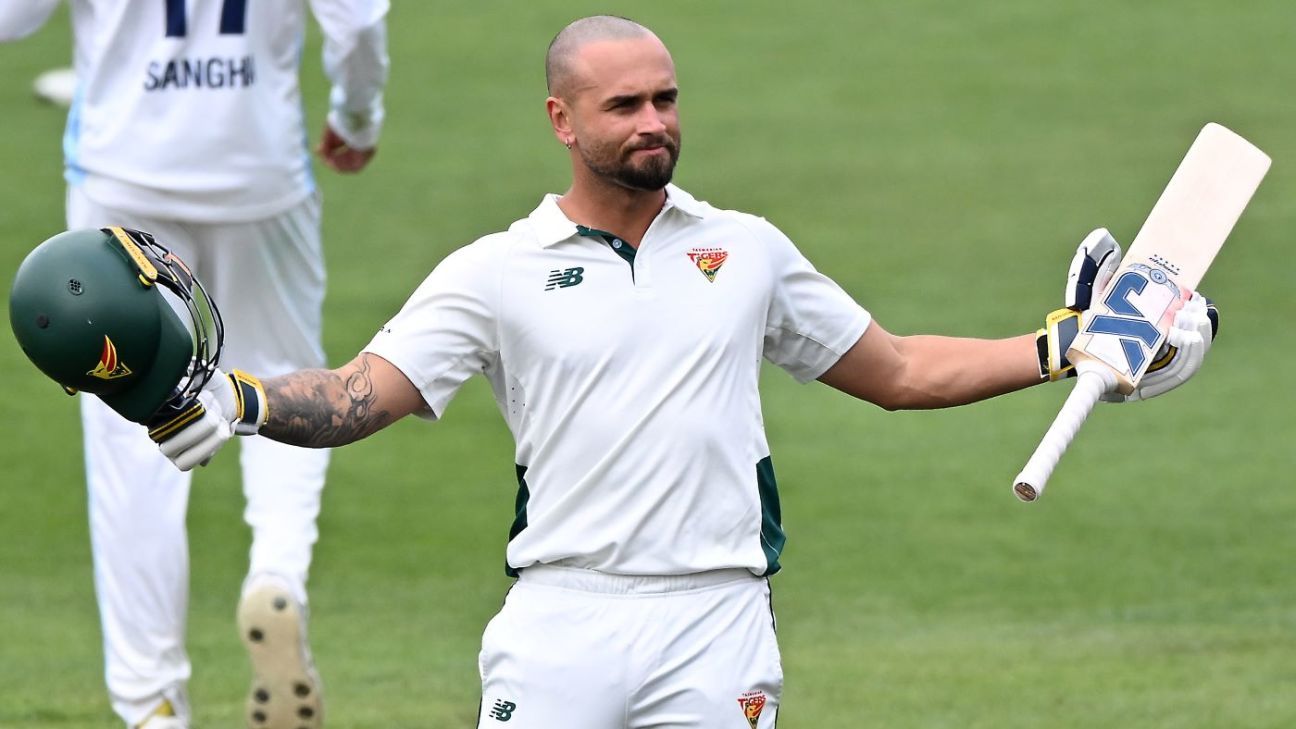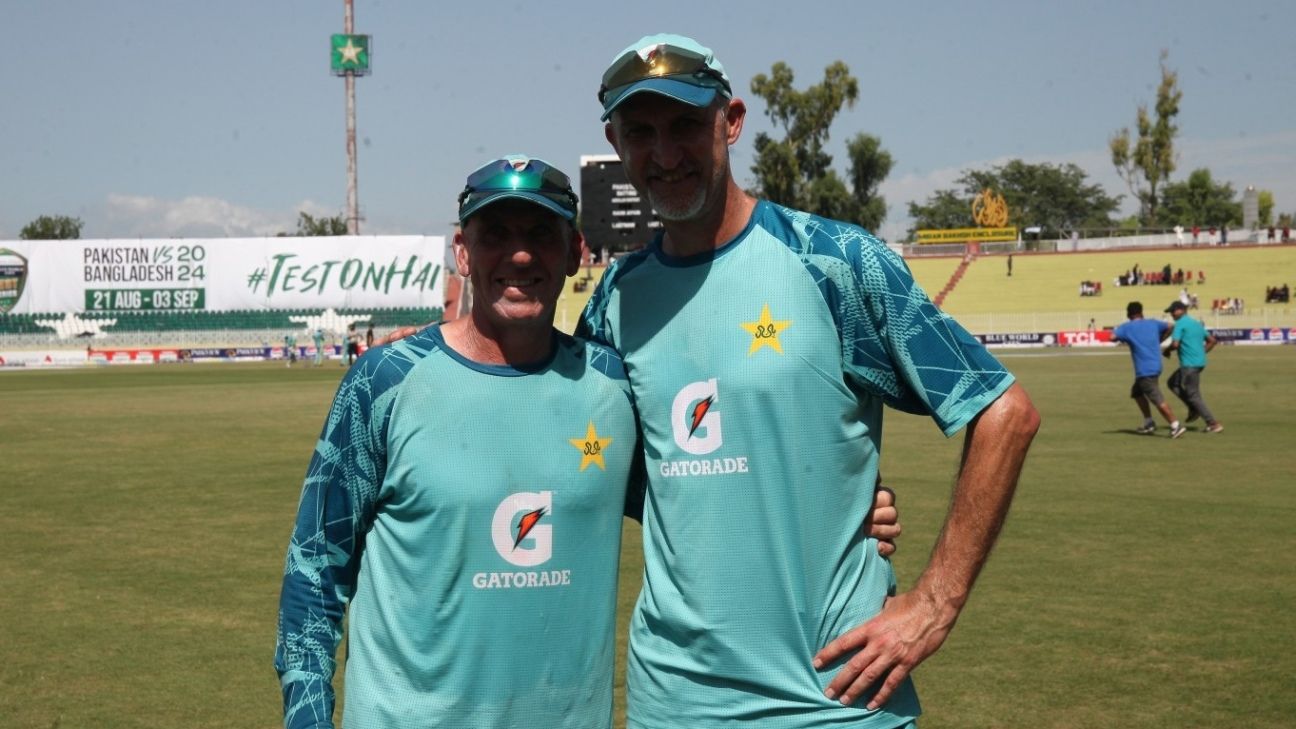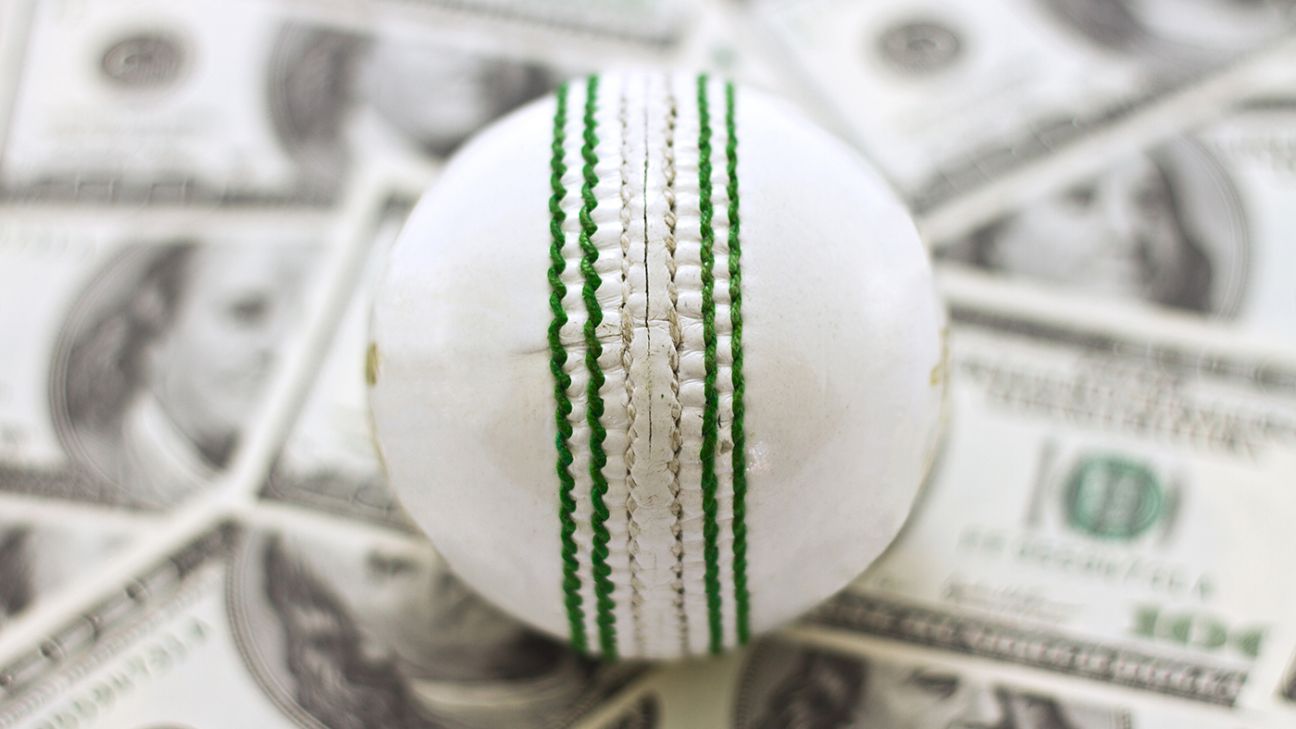Cliff Notes – Can the 2025 Women’s World Cup build on 2017’s transformative magic
- The 2017 Women’s World Cup marked a significant turning point, achieving record-breaking viewership and a ten-fold increase in prize money, enhancing the profile of women’s cricket globally.
- Harmanpreet Kaur’s iconic semi-final performance and the thrilling final between England and India captivated audiences, leading to a 500% increase in viewing hours in India.
- The upcoming 2025 edition is poised to leverage the momentum gained since 2017, with expectations of further growth in participation and viewership, particularly in cricket-loving nations like India.
Can the 2025 Women’s World Cup build on 2017’s transformative magic?
Unprecedented broadcast coverage. Record-breaking global reach. A ten-fold increase in prize money. First use of the DRS. The Spidercam and drone looming over Lord’s for the first time. And an epic final that separated England and India by just nine runs.
That was the 2017 Women’s World Cup. When the 50-day countdown to the 2025 edition began on Monday, the echoes of 2017 still resonated loudly for the players who will take the field from September 30, for those who have walked away in recent years, and even those who watched it on their screens around the world.
For many Indian fans, any mention of the 2017 World Cup immediately brings back Harmanpreet Kaur’s jaw-dropping knock in the semi-final against Australia, and the heartbreaking loss of a trophy that came within touching distance. Fans of South Africa remember missing out narrowly on what would have been their maiden final appearance. For followers of England it was a tournament that broke new ground, and one that launched a new leader in Heather Knight. For Sri Lanka supporters it was about Chamari Athapaththu announcing herself to the world via her 178 not out, also against Australia.
play
1:37
Rodrigues’ memories of the 2017 World Cup as a 16-year-old
Jemimah Rodrigues looks back on the ‘turning point’ of women’s cricket in India
While eight teams battled it out in what seemed like just another World Cup, they became, perhaps unknowingly, part of a much bigger movement, and a pioneering event. Every individual effort came to mean so much more.
“That knock was really special to me and for women’s cricket,” Harmanpreet said on Monday, recalling her 171* against Australia. “After that knock a lot of things changed personally in my life, and especially in women’s cricket also, because at that time I didn’t really know what had happened because that time I was totally off social media. But when we came back to India, and even though we lost the World Cup [final], the amount of people who were waiting for us, cheering for us, I think that was something very special. Still, when I remember that innings I get goosebumps. I think that was a very special innings and I’m very happy that came from me.”
The way Harmanpreet took down the world champions, and the manner in which England and India went toe to toe a thrilling finale three days later, crowned a transformative World Cup that broke several records for women’s cricket viewership in India, a country that makes up a big chunk of the overall numbers. For the tournament in all, there was a 500% increase in viewing hours in India, and as many as 126 million viewers from the country watched the final alone. The reception India’s players got back home despite losing the final was another mark of the dizzying growth of their fan following.
Harmanpreet Kaur goes big during her 171 not out in the World Cup 2017 semi-final Getty Images
Jemimah Rodrigues, who will soon feature in her first World Cup, remembers those heady days well.
“So when they played the final at Lord’s, I was 16-and-a-half at that time, and I remember Mumbai cricket Association had told all the members over there – the Under-19 girls – to go and felicitate our girls at the airport and receive them because they were expecting no one to come,” she said on Monday. “They thought the women’s team has done so well it’s our responsibility [to welcome them].
“And I remember at 5.30am we were at the Mumbai airport; I was having an India flag ready to welcome our team. And I still remember that all these players were very tired and at the same time disappointed because they were so close, yet it felt like so far and they walked out of the airport thinking that nobody is going to be there. And at 5.30am the whole airport was packed with media and crowd. And people right now would think that’s normal but at that time for women’s sport it wasn’t.
play
0:45
Harmanpreet on her 171*: ‘A lot of things changed in women’s cricket‘
Harmanpreet Kaur speaks about her historic semi-final knock against Australia in the 2017 World Cup
“So I remember this whole bunch of players coming in – we could see through the glass window – and, seeing so much crowd, going back inside because they were not prepared for it. And I think that was for me the turning point in women’s cricket in India.”
The women’s game had spread far and wide, and into uncharted territory. Of the 156 million viewers who watched the World Cup from India, 80 million were from rural parts of the country. It undoubtedly contributed to more girls picking up bat and ball, and to the calls for a Women’s IPL growing more persistent. Eight years on, the results are as evident as they could be, with the Women’s Premier League (WPL) three years old and the ICC billing the upcoming World Cup as “the next leap” for women’s cricket.
“When I see people around, especially [since] I come from Sangli, which is not the biggest [of] cities in India, but I see a lot of parents getting their daughters and they have a clear plan that ‘I want my girl to play for India or WPL,'” India vice-captain Smriti Mandhana said. “The number of girls playing cricket at this moment is massive and it’s a lot to do with how the last eight years have panned out and the steps which BCCI has taken in recent times, and the WPL. All of those things together, it’s been a massive thing and we’re just fortunate that we’re part of a movement for women’s cricket which we all feel really happy and proud about.”
Soon after the 2017 World Cup ended, it was clear that the tournament had not just been about that Harmanpreet knock or Sarah Taylor’s lightning stumping down the leg side or the Natmeg making its first big appearance or the viral visuals of Mithali Raj reading Rumi before going out to bat. It wasn’t just a change of direction, or a step up. It was a true transformation. A quantum leap.
“The 2017 World Cup actually transformed women’s cricket not [just] in India but globally, I would say, because social media was relatively new, the ICC did their part in campaigning and promoting on a larger scale,” Mithali Raj said. “[I remember] I was packing for the World Cup and the [Men’s] Champions Trophy was being played – India vs Pakistan – and I switched on the TV, and I was listening to the commentary while packing. And I heard the commentators go, ‘The next big event is the Women’s one-day World Cup’ and they showed the captains’ hoardings at the stadium.”
So quickly did things change in the women’s game that players’ bucket-list fantasies began to get ticked off, one by one. Soon after that World Cup, Mignon du Preez had said, “Imagine turning up at Wanderers or Eden Gardens to watch a women’s game sold out fully?” And within three years her wished turned into reality – perhaps with an upgrade – when an 86,174-strong crowd packed the MCG for the final of the 2020 T20 World Cup: a new attendance record for a women’s cricket event. Athapaththu, meanwhile, called for an Under-19 World Cup; that tournament got underway in 2023. The WPL isn’t just up and running; it’s already the biggest women’s league in the world.
play
1:52
Mithali Raj: India’s confidence a big boost heading into home World Cup
Former India captain on how India need to approach the upcoming World Cup
The seeds for all this were also sown in the planning stages of the 2017 World Cup. That tournament saw the use of DRS for the first time in women’s cricket, even if it wasn’t available for all games. It was at the same tournament that the ICC increased the prize money tenfold, to USD 2 million, a big step aimed towards achieving parity with the men’s game. The winners, England, took home USD 660,000, more than three times the entire prize purse (USD 200,000) of the previous edition, 2013. The increased prize money was, in fact, just the icing. The cake had already been handed out to all eight participating teams by their home boards in the form of central contracts in the years leading up to the World Cup, which ensured that all the players turned out as professionals with just one aim: to take the game to the next level.
Eight years later, the tournament comes to India, a country that played a major role in boosting those viewership numbers back in 2017, and the country that hosted the 2023 Men’s ODI World Cup. That tournament ended with a final that drew a crowd of over 90,000. What kind of numbers will the 2025 Women’s World Cup bring with it?
“The upcoming World Cup is the next springboard for the next phase of the journey for women’s cricket,” ICC’s new CEO Sanjog Gupta said on Monday. “In every sense, the growth of women’s cricket in the last eight years particularly has brought us to this moment where it’s time for women’s cricket to take the next leap. And this World Cup is the aperture or springboard for that next leap.”

